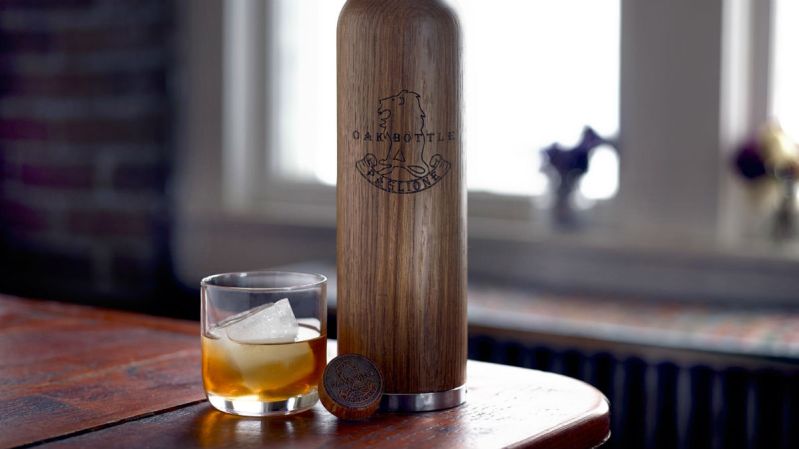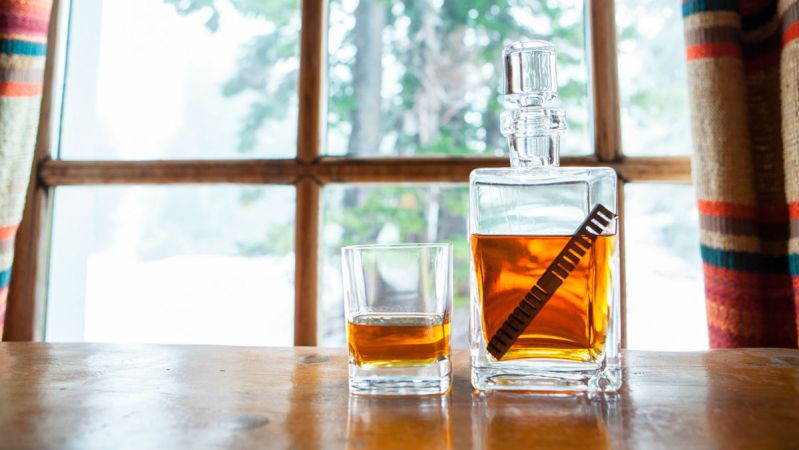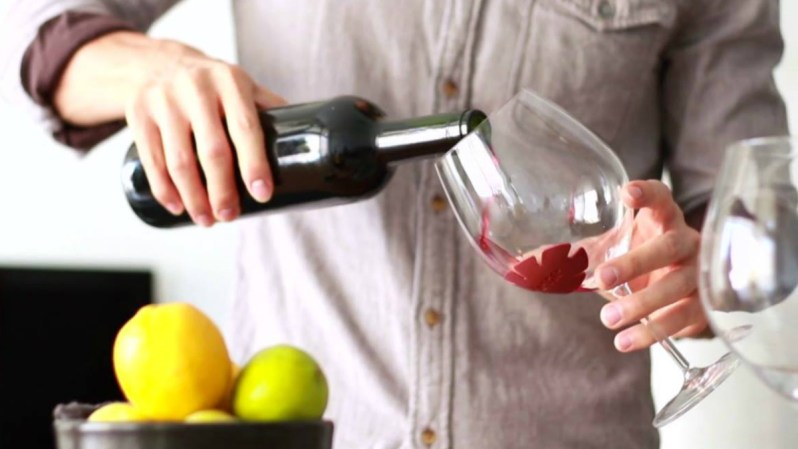When it comes to putting a spirit that tastes good down your gullet, you have a number of options. If you’ve got the money, you can obviously buy a nice bottle of whisky — or you can take it into your own hands by using an at-home aging product.
Now, we know what you’re thinking: “But an at-home aging product won’t reproduce a $10,000 Scotch, will it?”
No, of course it won’t (there’s a reason for the price tag on the bottle). But what it will do is elevate a product that you perhaps viewed as sub-par before. If the product wasn’t sub-par (and not all of the ones you’ll be aging are, of course), an at-home aging product allows you to play mad scientist by experimenting with different finishes and different woods, imparting new or enhanced flavors to a spirit you already enjoy.
Love a specific bourbon, but want to see what it would be like with a little time spent on cherry wood? Boom, done. Have a favorite Negroni recipe and want to see how it would change when you age it in wood for a bit? Easy peasy with an at-home product. This DIY approach to flavor enhancement is a great way to learn more about the booze you’re putting in your belly. With a little bit of time and the will to experiment, who knows what you’ll come up with.
The different products fall into a few basic areas. Most at-home alcohol aging products can be categorized as:
- Bottles.
- Barrels.
- Staves.
- Chips.
Sensing a pattern?
Below, you’ll find a variety of products that all, in some way, will aid in the aging or flavoring process. We encourage you to look through them all and find the one that’ll work best for you. If you’ve only got a little bit of spirit you want to play around with, an oak stave might be the best. If you’re looking to do a larger amount, you’ll definitely want to explore oak barrel options.
Bottles and Barrels

Oak Bottle
Oak Bottle’s aging canisters
Unlike the other wooden options, you can use Oak Bottle indefinitely, provided that you care for it properly between uses. With an array of flavors to choose from and customize, this is ideal for someone with craft brew sensibilities. Those with a little less patience can also invest in tumblers that age alcohol within five minutes.
Oak Barrels
Miniature oak barrels are perhaps the most popular at-home aging device. Not only do they look great on the shelf behind your bar, but you can do a gallon of spirit (or cocktail!) at a time. There are plenty of companies out there now offering up oak barrels, so poke around the internet and you’re bound to find one you like. Heck, most companies also offer custom inscriptions if you really want to take your home bar game to the next level.
Staves and Chips

Beyond Barrels
The simplest option here, Beyond Barrels does a lot with a little. By providing a slightly striated, flavored stave, the lack of manipulation produces a wealth of quality. These are best for improving whiskey, rum, and tequila. The company also offers up different types of wood, allowing you to customize your booze how you see fit.
Time & Oak Whiskey Elements
By creating slits in the oak stave, Whiskey Elements increases the surface area through which alcohol can be aged. Though they work on all liquor and beer, using them in wine is ill-advised. Each stave only needs a day or two in the bottle to see results, but it loses its potency after about a week’s worth of use.
Oak Infusion Spiral
Putting a literal twist on Time & Oak’s product, Oak Infusion Spiral
Oak Chips
Oak chips
Patches

Elevie
Elevie uses infrared technology to mature wine in just five minutes. This adhesive badge is placed directly on the glass so it can “cook” your wine to perfection. The technology never fades, but the silicone stickiness eventually does (after about 100 uses). You won’t have a direct influence on the flavor outcome with this product, but it allows the wine to speak for itself. Also, the patch comes with a sleeve that slips easily into your wallet, so you can elevate that Two-Buck Chuck at your friends’ parties.
Article originally published by J Fergus on April 13, 2017. Last updated by Sam Slaughter on August 21, 2018.


